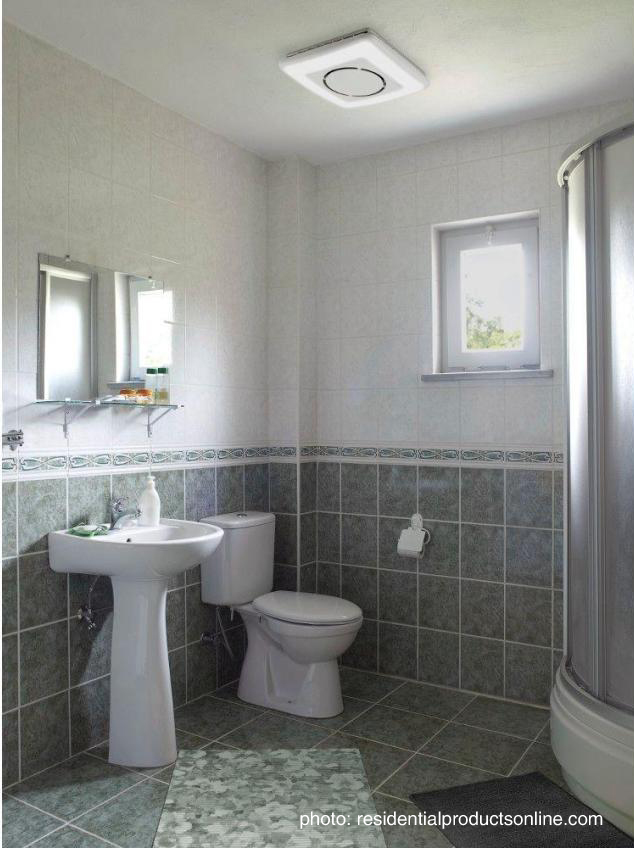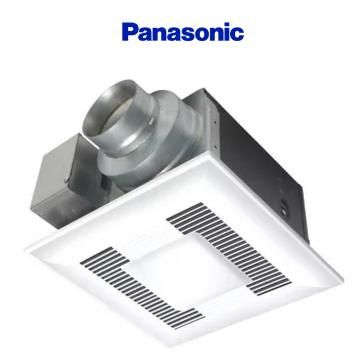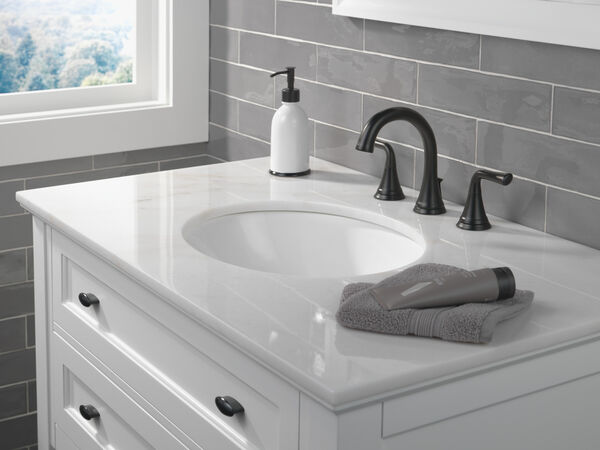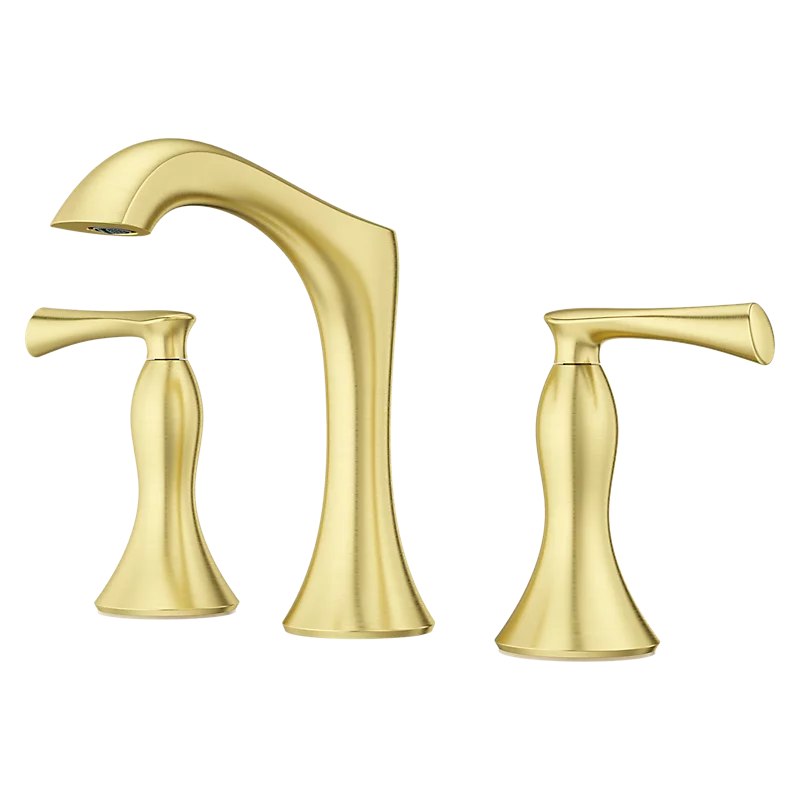Nobody wants mold and mildew problems, which not only look and smell bad, but can cause health issues as well. Excess moisture in the bathroom causes mold and mildew, so make sure to choose a ventilation method that will get rid of the moisture you generate. Bathroom exhaust ventilation (a bath fan) is the common choice – and are required by most building codes. Modern bath fans are getting smaller, quieter and more effective – the good news! There are a bunch to choose from, so take a look at your bathroom size and consider what features you want and need before you shop.

Bathroom exhaust fans typically come in one of three styles: ceiling-mounted, wall-mounted or inline/remote. Ceiling-mounted fans are installed in the ceiling and vent into the attic or out through the roof. Wall-mounted fans are mounted on the external wall of the house and generally are used when there is no practical way to vent through the roof; for example, a first-floor bathroom. Inline fans, also known as remote fans, have a fan unit located in a remote location such as the attic; duct work connects the fan to an opening in the bathroom ceiling covered by a grill. Inline fans are often used when a homeowner wishes to use one fan to vent multiple bathrooms, or to have multiple vents in one large bathroom.
(bobvila.com)
Bathroom Fan Sizing
Selecting the right size fan for your bathroom’s square footage ensures that you’ll get the right amount of ventilation in the space. Bathroom exhaust fans are sized and rated by their ability to move air in cubic feet per minute, or CFMs. Smaller, less powerful fans generate less CFMs and are ideal for smaller bathrooms. Bath fans that generate higher CFMs work better in larger bathrooms. The Home Ventilating Institute (HVI)—an organization that certifies performance and efficiency of home ventilation products—recommends this guideline for sizing a bathroom fan:
Bathroom fans should have 1 CFM for every square foot of floor space in the bathroom.
The guideline above helps a fan achieve HVI’s recommendation of 8 air changes per hour for optimal ventilation. So, if your bathroom floor area measures 60 square feet, choose a fan with at least 60 CFMs to get the right amount of ventilation. HVI also recommends these guidelines when using exhaust fans in bathrooms larger than 100 square feet, like public or communal bathrooms:
Add 50 CFMs for every toilet
Add 50 CFMs for each shower and bath combination
(sylvane.com)
Noise Level
Bathroom fans that sound like jet engines can really retract from the peaceful escape that is your bathroom. As you shop for a fan, you’ll probably want to consider noise level and choose a quieter model. Bath fan sound is rated in sones. A sone is a measurement of sound as it relates to how it is sensed by the average listener. One sone is equal roughly to the quiet hum of a refrigerator in a quiet kitchen. Two sones would double that sound, and so on. If you’re looking for a quiet bathroom fan, choose a model with a sone rating of 2 and under. Fans rated at 3 and 4 sones generate more white noise. Steer clear of fans rated at 5 sones or more.
(sylvane.com)
Select an ENERGY STAR®– qualified fan for energy savings and performance. ENERGY STAR sets criteria for CFMs per watt, so homeowners are guaranteed savings. Also, ENERGY STAR-rated fans have to be quiet (2 sones or less) and maintain a certain level of performance. Because utility rates are heading upward and most bath fans are in place for at least 10 years, installing an ENERGY STAR-rated fan will be of continued importance in years to come. Furthermore, ENERGY STAR-rated fans play an important role in whole-house ventilation, when the fan may be on all the time.
(griffinco.com)

Bathroom exhaust fans typically come in one of three styles: ceiling-mounted, wall-mounted or inline/remote. Ceiling-mounted fans are installed in the ceiling and vent into the attic or out through the roof. Wall-mounted fans are mounted on the external wall of the house and generally are used when there is no practical way to vent through the roof; for example, a first-floor bathroom. Inline fans, also known as remote fans, have a fan unit located in a remote location such as the attic; duct work connects the fan to an opening in the bathroom ceiling covered by a grill. Inline fans are often used when a homeowner wishes to use one fan to vent multiple bathrooms, or to have multiple vents in one large bathroom.
(bobvila.com)
Bathroom Fan Sizing
Selecting the right size fan for your bathroom’s square footage ensures that you’ll get the right amount of ventilation in the space. Bathroom exhaust fans are sized and rated by their ability to move air in cubic feet per minute, or CFMs. Smaller, less powerful fans generate less CFMs and are ideal for smaller bathrooms. Bath fans that generate higher CFMs work better in larger bathrooms. The Home Ventilating Institute (HVI)—an organization that certifies performance and efficiency of home ventilation products—recommends this guideline for sizing a bathroom fan:
Bathroom fans should have 1 CFM for every square foot of floor space in the bathroom.
The guideline above helps a fan achieve HVI’s recommendation of 8 air changes per hour for optimal ventilation. So, if your bathroom floor area measures 60 square feet, choose a fan with at least 60 CFMs to get the right amount of ventilation. HVI also recommends these guidelines when using exhaust fans in bathrooms larger than 100 square feet, like public or communal bathrooms:
Add 50 CFMs for every toilet
Add 50 CFMs for each shower and bath combination
(sylvane.com)
Noise Level
Bathroom fans that sound like jet engines can really retract from the peaceful escape that is your bathroom. As you shop for a fan, you’ll probably want to consider noise level and choose a quieter model. Bath fan sound is rated in sones. A sone is a measurement of sound as it relates to how it is sensed by the average listener. One sone is equal roughly to the quiet hum of a refrigerator in a quiet kitchen. Two sones would double that sound, and so on. If you’re looking for a quiet bathroom fan, choose a model with a sone rating of 2 and under. Fans rated at 3 and 4 sones generate more white noise. Steer clear of fans rated at 5 sones or more.
(sylvane.com)
Select an ENERGY STAR®– qualified fan for energy savings and performance. ENERGY STAR sets criteria for CFMs per watt, so homeowners are guaranteed savings. Also, ENERGY STAR-rated fans have to be quiet (2 sones or less) and maintain a certain level of performance. Because utility rates are heading upward and most bath fans are in place for at least 10 years, installing an ENERGY STAR-rated fan will be of continued importance in years to come. Furthermore, ENERGY STAR-rated fans play an important role in whole-house ventilation, when the fan may be on all the time.
(griffinco.com)





